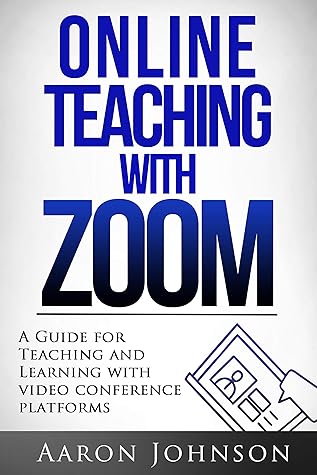More on this book
Kindle Notes & Highlights
Read between
August 15 - August 23, 2020
The essential idea of this book is that Zoom was built for conversations. It was designed for dialogue and discourse.
First, we must cultivate an active learning environment. To use videoconferencing for 100% lecture is like using a butter knife to tighten a screw. It kind of works, but we are forcing the tool and go against the grain of its design.
If you can recommend one piece of equipment to your students that will make the most difference for everyone's experience, it is to ask them all to wear headsets or earbuds.
When you initiate Share, you need to select share computer sound at the bottom-left of the share box. If you plan to go full-screen with the video, then you'll also need to check the optimize for a full-screen box.
anytime we use videoconferencing for a sustained period, and without student interaction, we are working against the design of the tool.
Critical thinking requires us to become vulnerable enough with a group of peers that we become willing to question our long-held assumptions.
the speaker to
Zoom provides us a unique opportunity to transform our teaching and improve our craft like never before. We can collect and review feedback from polls, chats, and recordings to become more responsive, find our blind spots, and even improve our teaching skills in-the-moment. The technology puts this all within our reach—if we have the courage to ask for and listen to the feedback.
work


